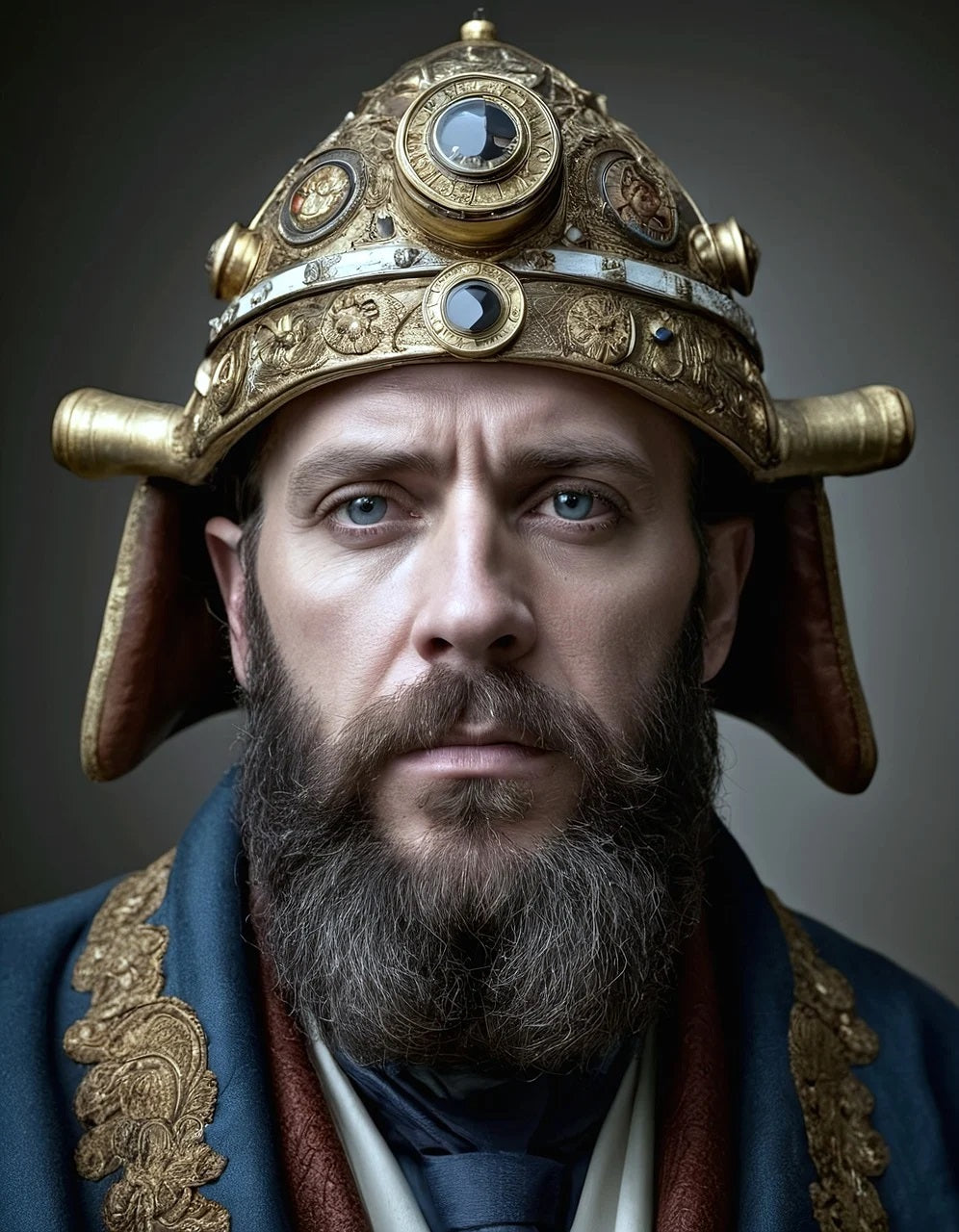My Store
Unit 4 - Political Boundaries
Unit 4 - Political Boundaries
Couldn't load pickup availability
Unit 4- Political Patterns and Processes: Today’s political map consists mostly of independent states in which all territory is connected, and most people share a language and other cultural traits. This was not true of the past. Many states were sprawling, diverse empires, such as the Ottoman Empire in the Middle East or the British Empire that included people of many cultures. At the same time, many cultural groups were divided into several political groups. A government demonstrates its power over a geographic area by enforcing laws that govern individual behavior and affect how resources are used. Boundaries separate territories at various scales, from those that divide the world into countries to those that determine where students attend school. Independent states face challenges stem from globalization. Transnational corporations, international organizations, and global environmental problems all make the boundaries around a state less important than they once were. Another challenge to independent states comes from within. Regions with distinctive cultural groups, such as Catalonia in Spain and Quebec in Canada, have successfully argued for more autonomy. (102 Slides and videos)
Share


